My name is Isaac Meyer, and I’m a former PhD student at the University of Washington, specializing in modern Japan (with sub-specializations in modern China, modern Europe, and international relations). Today, I work as a teacher at an independent school in the Seattle area.
I also have a tendency to go off on random historical tangents. One day, I decided to combine these two traits in podcast form, and thus was born the History of Japan Podcast!
In 2018, I decided start the Criminal Records Podcast with my wife, Demetria Spinrad. This podcast gives me the chance to talk about world history–and the weird, wonderful world of historical crime and punishment.
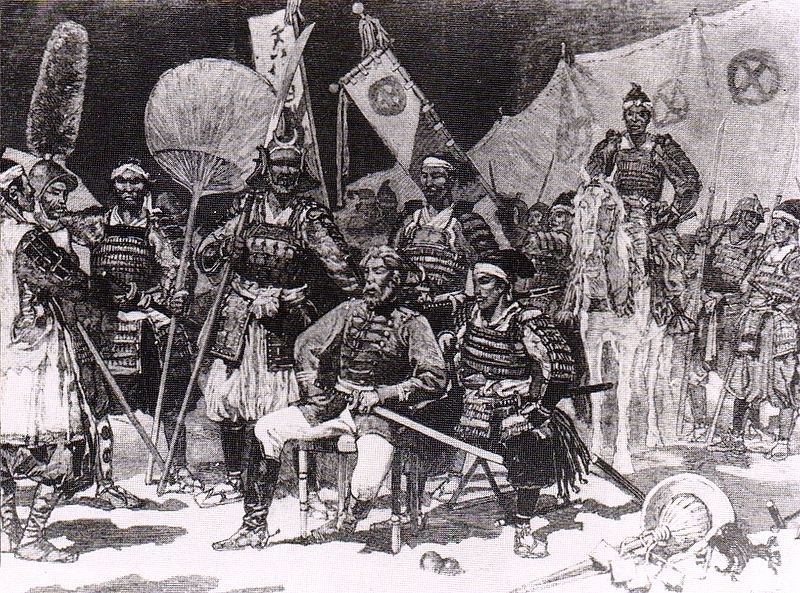


![Saigo's troops in an unidentified battle. Note both the banner (with the slogan of the rebellion, Shinsei Kotoku [A New Government of Great Virtue], emblazoned on it) and the Western-style weaponry being fired in the background.](http://historyofjapan.files.wordpress.com/2013/11/800px-satsuma_rebellion.jpg?w=300)
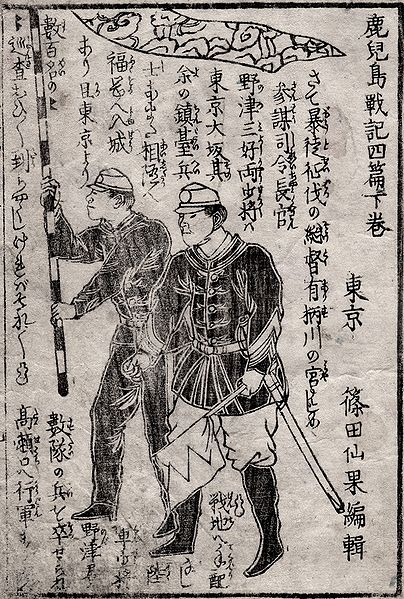
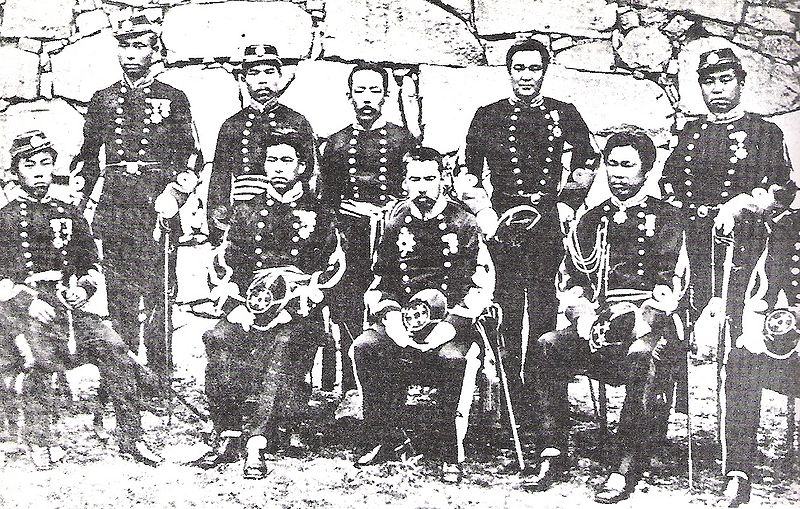
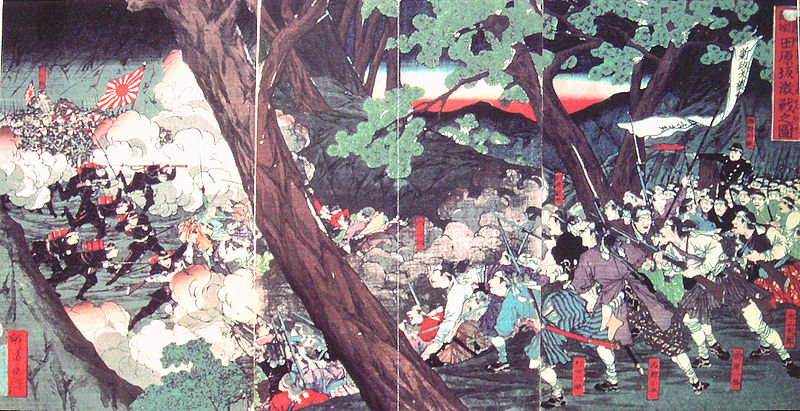
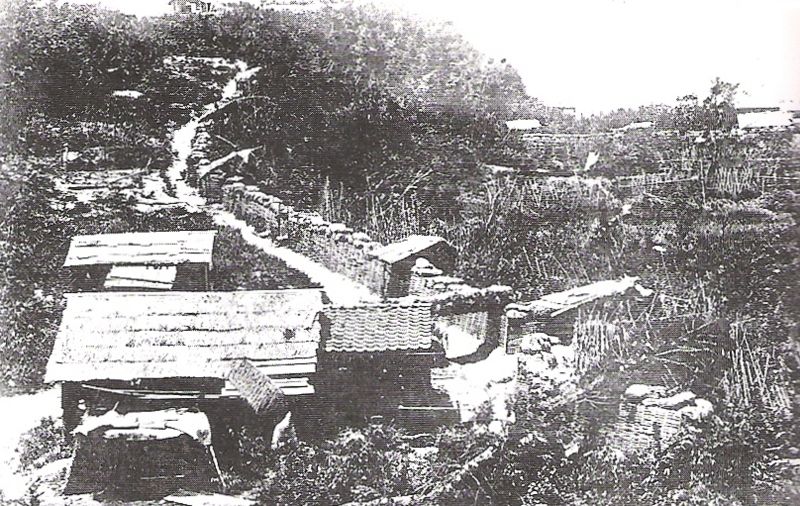
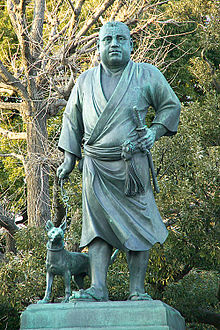
When I visited Ueno Park I found the statue to Saigo Takamori very interesting. The reason is because I grew up in Virginia surrounded by the cult of the Lost Cause of the Confederacy. Not too far from where I grew up there are 2 high schools named for Robert E. Lee, as well as schools named for Stonewall Jackson, and J.E.B. Stewart (which is about to be renamed). And i’m not even mentioning all the highways and roads named for various Confederate officers.
I think there are several parallels between the two. Both Lee and Saigo were upstanding officers for their respective countries and arguably contributed to the development of their countries (Lee’s service as an engineer and in the Mexican War, Saigo as a leader in the Bakumatsu). In the Lost Cause historiography the Confederate leaders are fighting to preserve their “genteel way of life” against a changing and industrializing world similar to how Saigo was fighting to preserve what he believed was the samurai way of life. I also think there are problematic aspects to their legacies. Lee and the Confederacy fought for slavery and white supremacy and had Saigo triumphed how many millions of Japanese would have had their lives and rights constrained thanks to the samurai retaining their “privileges”?
Do you think those are fair thoughts or am I way off in left field on this one?